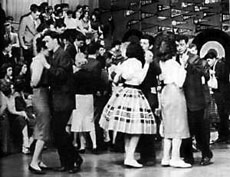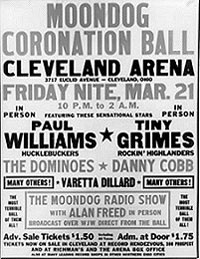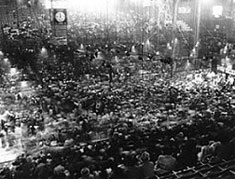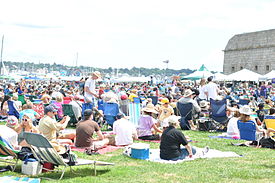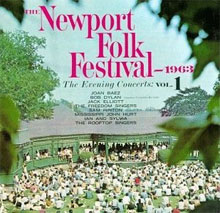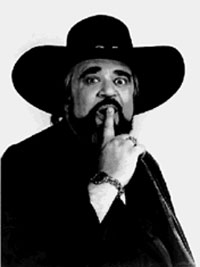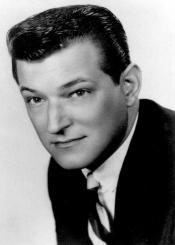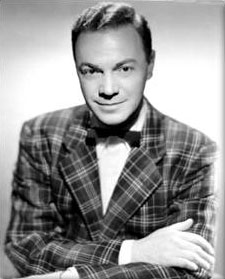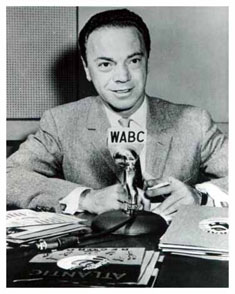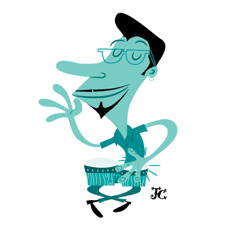
The Golden Age of Rock began with Beatniks and ended with Hippies. For most of the older generation, they were one and the same….dirty unwashed scum, but we know better. It was only some of the hippies that were dirty and unwashed … just kidding.
The label Beatnik grew from the Beat Generation, a label created by Jack Kerouac in the late 40s. The Beat part of the name, of course, came from the beat of the music, the stereotypical beatnik was into bongo drums and jazz. With the launch of Sputnik, the Russian satellite that beat the U.S. into space, the “nik” got tacked on to replace Generation and form a simpler label, Beatnik.
The trademark Beatnik look for men included goatees and berets, for women it was black leotards and long straight hair. This, of course, upset much of the middle class establishment and was considered rebellious.
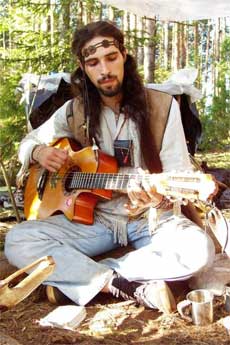
Sometime during the 60s, a separate counterculture arose that was labeled the Hip Generation or Hippies. Although some Beatniks became Hippies, the groups were culturally separate. Where the beats were known for “playing it cool” and keeping a low profile, the hippies became known for “being cool” and displaying their individuality. The key though, was that while Beatniks were into jazz, Hippies were heavy duty into Rock.
Along with the association with Rock music, Hippies were generally anti-establishment, anti-war, and anti-establishment, traits that didn’t win them too many friends from adult middle-class America. Although many took political action by dropping out of the mainstream, others became highly politicized and active in the Peace Movement and the historical 1968 Democratic Convention.
The Hippie world grew around three major metropolitan areas, all of them also music centers. On the East coast, New York’s Greenwich Village was the early center of Folk Music and Coffee Shops. On the West Coast, both Los Angeles an San Francisco grew major Hippie communities. The Los Angeles scene centered around Venice and its coffeehouses, San Francisco around it’s famous Haight-Ashbury neighborhood and the Summer of Love.
Read more about Beatniks
Read more about the Hippie Movement
More about The Beat Generation
